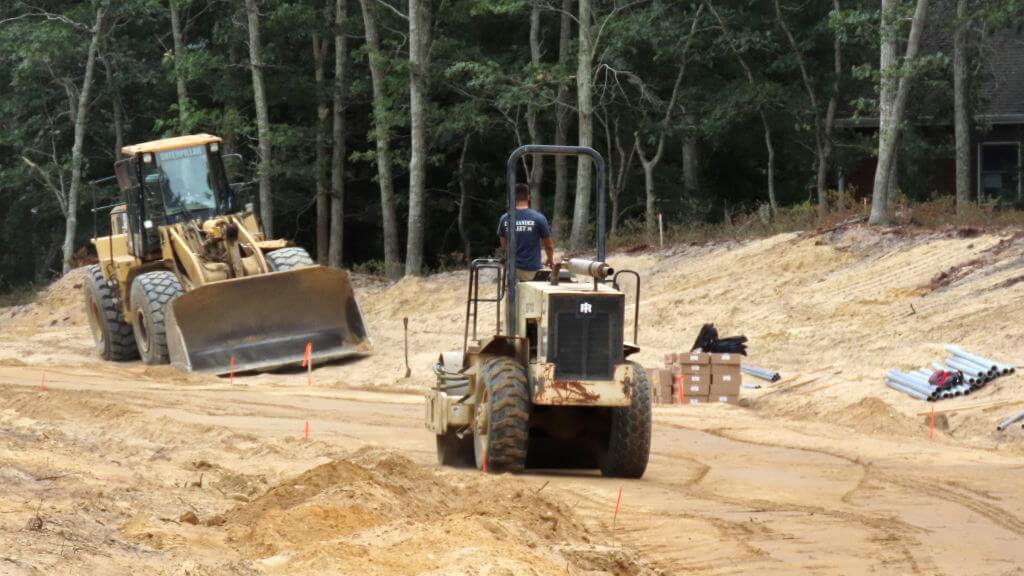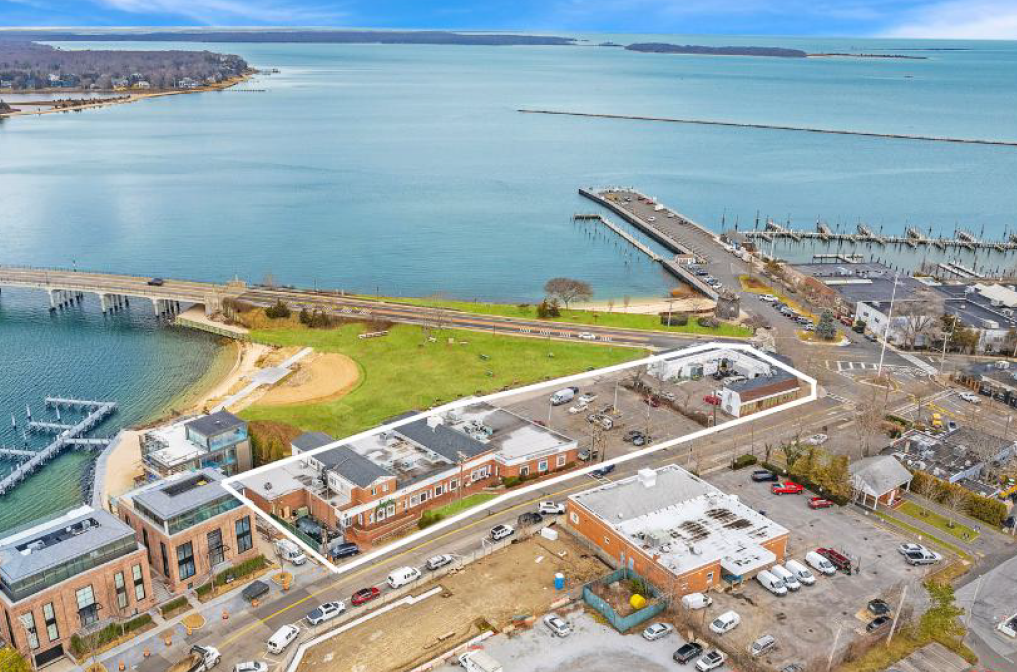Title Searches: 2 Southampton Properties in Dispute

This column is about two different properties in Southampton and very public fights about who owns them.
One fight is about the 80-acre property called Westwoods owned by the Shinnecock Nation. It lies between the Sunrise Highway and Peconic Bay in Hampton Bays, and between 1640 when the settlers first landed in Southampton and today the tribe never sold it. From time to time during these years, they hold events, rituals, picnics, celebrations and burials on the property. And because the Shinnecock are a sovereign nation, the rules on that property are the rules of the Nation, not the rules of the United States. So yes, one can say this.
This ownership has been confirmed over and over. The Bureau of Indian Affairs recently re-confirmed it. Further confirmation comes from the surrounding Southampton area itself. The Nation’s never been asked to pay taxes, not to the Town of Southampton, Suffolk County, New York State or federal government. Nor is it allowed to build there.
But the Town of Southampton recently filed a lawsuit disputing whether Westwoods is subject to zoning. Why? The road Quail Run goes just outside the border of Westwoods. Those living there enjoy the view across their property of what goes on in Westwoods. It was all woodland until recently. Now there’s a gas station under construction, and there’s rumors the Shinnecocks intend to build a hotel and casino. This has to stop. Even though it’s none of their business. Even though further back from Quail Run, the Southamptonites have built gas stations, marinas, restaurants, hotels and whatever. It’s just that the Shinneock don’t know how to do this. Do they? Are they sure? Doesn’t America have any control over this?
When the English Settlers first landed, the Shinnecocks befriended them. They brought the settlers food, helped them build shelters to get through the cold winter, taught them how to plant, grow and harvest the special crops the Native Americans raised. And in return what happened? The settlers mistreated the Shinnecocks. They forced the Shinnecocks to lease them a right of way for almost nothing so the railroad would get through. They hired the Shinnecocks to do menial work.
At one point the settlers left the Shinnecock workers to freeze to death aboard an English sailing ship called the Circassion anchored off Mecox Bay so the cargo could be gotten off in spite of the arrival of a terrible winter storm. (The ship sank, the cargo was lost and the Shinnecocks died.)
In more recent times, they helped the wealthy settlers build a storied private golf club where the Shinnecocks were given employment but not membership. The lawsuits will cost everybody millions and make lawyers rich. And I believe the hope is the town might find a friendly judge willing to do what’s been done to the tribe in earlier years. I don’t like it.
The second parcel of land in Southampton now in an ownership dispute also involves the Shinnecock Nation, but just in a peripheral way. The first English settlers landed on a bay beach in Noyac, Southampton where they were welcomed by Shinnecocks as earlier described. This is still Southampton, but 10 miles east of Westwoods. The property where the landing took place is today called Conscience Point, a 5-acre spit of land, upon which are parcels owned or leased by three nonprofits and two governments, each eager to provide historical or environmental services to visitors.
They are the Southampton Town Trustees – a town organization created in 1688 by King George III — the Town of Southampton, the Southampton History Museum, the North Sea Maritime Center and the Conscience Point Shellfish Hatchery. On the Southampton Town property, there’s a boulder with a brass plaque on it. The plaque says the first English settler to come ashore from the ship was a woman who said “For Conscience Sake We Have landed.” A happy moment.
All these entities got along with one another until last December when the Southampton History Museum filed papers to evict the Conscience Point Shellfish nonprofit from the property the Museum had leased to the Shellfish people. The Shellfish people were making a big mess, the Museum complained. And were even allowing shellfish there to be sold by fishermen to local restaurants without permission. Against the law. They must pack up and leave.
Instead, the Hatchery nonprofit met — and I would have loved to have been a fly on the wall at that meeting — and instead of either leaving or fighting to stay, decided to have somebody look into whether the Southampton History Museum actually owned the property they were leasing them.
Years ago, in 1986, the trustees, (remember them?) had thought they owned this part of the acreage, but had been told by the Museum they didn’t. The museum did. So the trustees hired a lawyer to determine if this was true. The lawyer came back and told the trustees that indeed, sadly, the museum was right. It was they that owned it. So yes, the trustees would have to give it up.
Since 1986, however, all past town records have been digitized. Has that 1986 title search been complete? Or had it missed something? All that needed to be done today was click a button. Click. The new title search shows that until 1924, the suspect property was actually two separate parcels — one owned by the Southampton History Museum north of where the hatchery is, and the other, where the hatchery is, by Edward and Marjorie Lubkerk who’d purchased it a few years earlier from Jeremiah Reeves.
Later in 1924, the Lubkerks sold the property to the town. Elsewhere in the search it was found that an ancestor of Jeremiah Reeves had in 1880 also sold this property to the Town. It says it was to be used as “a public landing place, forever and for no other purpose.” So it had been sold to the town twice! And could not legally be said to be museum property in 1986.
Would the town, apparently the true owner now, evict? As was said in the OJ Simpson trial, “if the glove doesn’t fit you must acquit.”
Well, the jury is still out. But bets are the hatchery stays.
Interestingly, a member of the hatchery board commented after these errors were discovered that the museum should be happy they don’t own the hatchery property.
All those broken rules they claimed, hey, they’re out of it free and clear. And hopefully, we’re stayin’.



